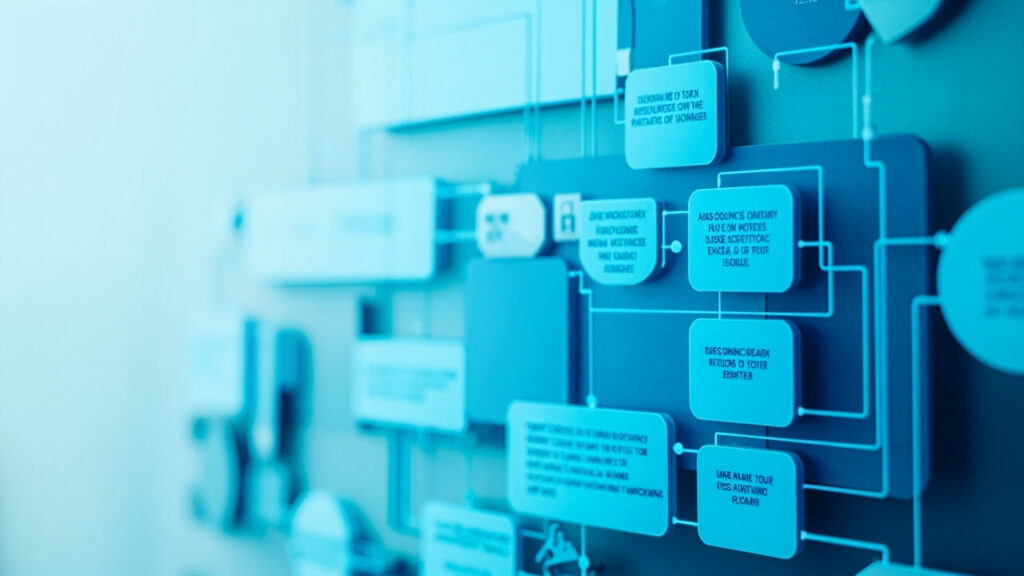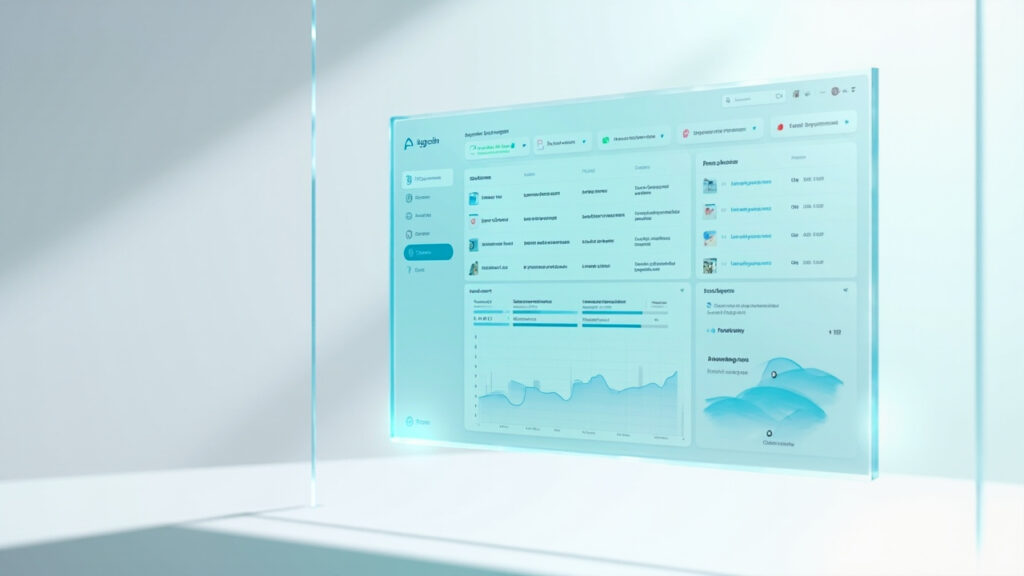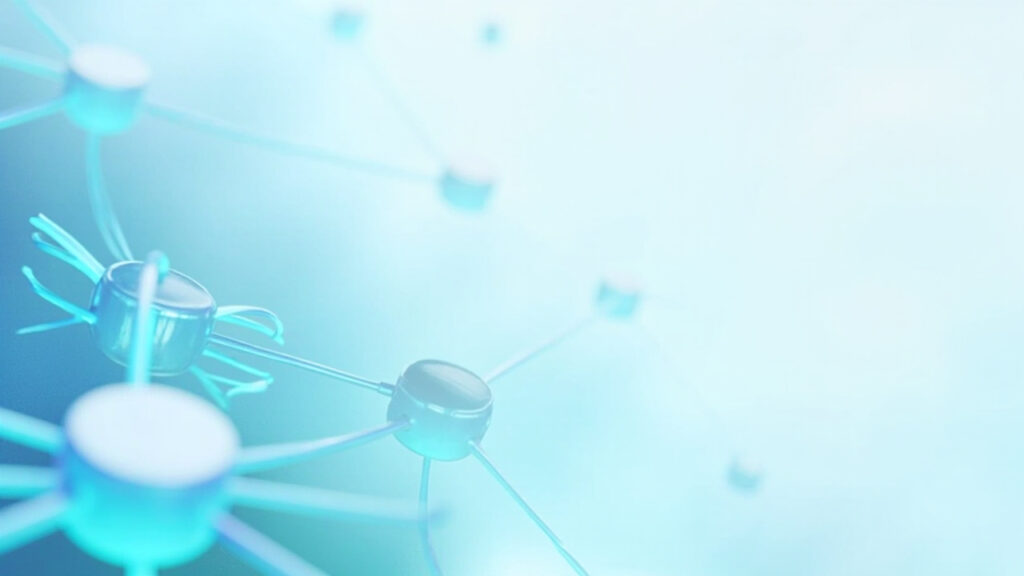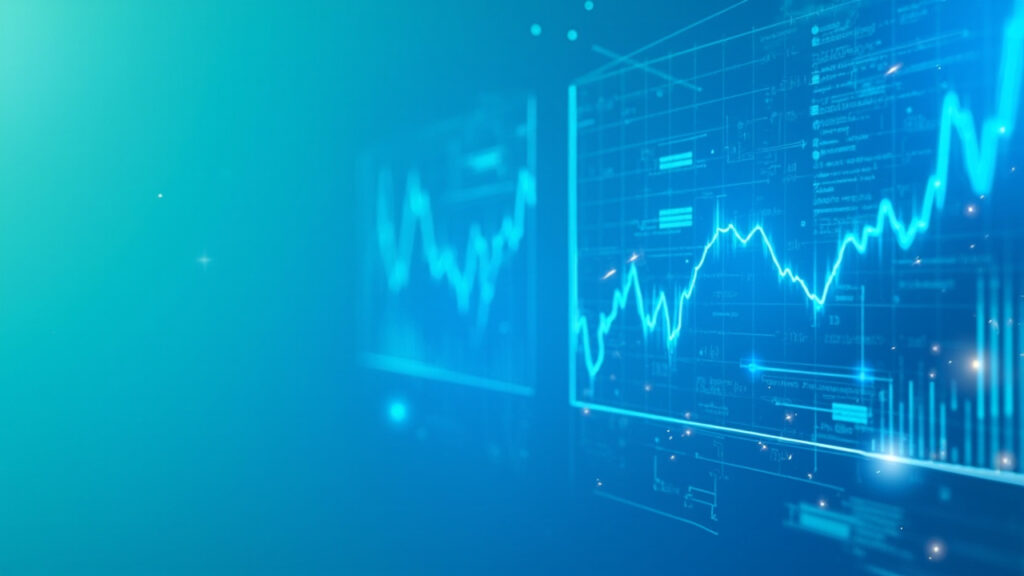In today’s digital landscape, the clarity and efficiency of software systems are more critical than ever. As businesses and individuals become increasingly reliant on technology for their core operations, the maintenance of these systems can no longer be an afterthought. This comprehensive guide delves deep into the concept of software cleaning—a crucial aspect of software maintenance that ensures optimal performance, security, and adaptability to evolving technological demands.
Software cleaning encompasses a variety of practices aimed at refining the system, including code refactoring, updating dependencies, and removing obsolete data and features. These actions not only enhance the system’s efficiency and functionality but also significantly extend its utility and compatibility with new technologies. This guide explores the multifaceted process of software cleaning, introduces cutting-edge tools such as GenQE, and provides actionable insights for maintaining a clean, reliable software environment.
By the end of this exploration, you will gain a robust understanding of software cleaning’s pivotal role, equipped with practical strategies and insights to implement these practices effectively within your projects or organizational framework.
Understanding Software Cleaning

Software cleaning is an integral part of software maintenance, involving the systematic enhancement and optimization of code, elimination of obsolete components, and upgrading of functionalities to meet contemporary standards.
The Need for Regular Software Cleaning
Consistent software cleaning is essential for maintaining the integrity and efficiency of any software system. It simplifies the codebase, making it more accessible for new developers and reducing the system’s complexity. This not only enhances the user experience by improving performance but also prevents the software from becoming bloated with unused or redundant features that can drag down system operations.
Challenges in Software Cleaning
The primary challenge in effective software cleaning lies in pinpointing which components of the software need refinement without disrupting its overall functionality. This task requires a profound understanding of the software’s architecture and dependencies, demanding a strategic and knowledgeable approach to both identify potential issues and implement necessary changes successfully.
The Role of Automation in Software Cleaning

In the realm of software cleaning, automation represents a transformative force. It not only expedites the execution of repetitive tasks but also minimizes the possibility of human errors, which are particularly risky within large, complex codebases.
Automated Code Refactoring
Automated tools designed for code refactoring can scrutinize an entire codebase, identify redundancies, propose optimizations, and sometimes even implement these changes autonomously. This capability is crucial for maintaining a streamlined and efficient code structure, ensuring the software remains robust and agile.
Automated Dependency Updates
Regular updates of dependencies are critical for the security and performance of software systems. Automation tools in this area can monitor for outdated dependencies, alert the development team, and in some cases, perform updates automatically. This proactive approach is vital for maintaining system integrity and preventing security vulnerabilities.
Leveraging AI for Enhanced Software Cleaning

The advent of Artificial Intelligence (AI) has revolutionized many aspects of technology, including software cleaning. AI introduces advanced capabilities for predictive analysis and precise intervention, making the cleaning process more efficient and effective.
AI-Driven Code Optimization
AI tools in software cleaning analyze performance data and historical trends to identify specific areas of the code that can be optimized to enhance system performance without compromising functionality. This targeted approach allows for more sophisticated and effective optimizations.
GenQE’s Role in AI-Driven Software Cleaning
GenQE, an AI-powered software quality and testing platform, significantly enhances the software cleaning process. Its capabilities, such as AI-Driven Test Generation and Smart Test Execution, not only help in pinpointing areas needing cleaning but also ensure that modifications do not introduce new issues, thereby maintaining the integrity and reliability of the software.
Best Practices for Effective Software Cleaning

To implement software cleaning effectively, certain best practices must be adhered to, ensuring that the process is both efficient and successful.
Code Review and Documentation
Regular reviews of the code and comprehensive documentation are essential to maintain high standards throughout the development process. These practices ensure that all modifications to the codebase are well understood and correctly implemented, fostering a culture of quality and attention to detail.
Incremental Cleaning Approach
An incremental approach to software cleaning, focusing on one component at a time, can prevent the process from becoming overwhelming. This strategy also reduces the risk of new errors being introduced during the cleaning process.
Case Studies: Successful Software Cleaning

Examining real-world applications of software cleaning provides valuable insights and practical examples of how these principles can be effectively implemented.
Case Study 1: Large-scale Enterprise System
This case study explores how a large enterprise implemented a comprehensive software cleaning strategy, leading to significant improvements in performance and reductions in maintenance costs. The study details the methodologies used and the challenges overcome, providing a blueprint for similar large-scale endeavors.
Case Study 2: Small Business Software Upgrade
This case explores how a small business effectively updated and cleaned their software system with limited resources. It focuses on the strategies and tools that were instrumental in achieving their goals, offering insights that can be applied to smaller projects or organizations with constrained budgets.
Conclusion: Embracing Software Cleaning for Future-Proofing

Software cleaning is not merely a maintenance task; it is a strategic investment in the future readiness of your software. By adopting regular cleaning practices, leveraging automation, and utilizing advanced tools like GenQE, organizations can ensure their software systems remain efficient, secure, and adaptable to future challenges.
As our dependence on digital solutions grows, the importance of maintaining clean, efficient, and adaptable software will only escalate. Exploring tools like GenQE can provide the technological edge necessary for effective software cleaning and maintenance, ensuring your software remains at the forefront of industry standards and expectations.
Discover More Innovative Solutions
Want to learn more about the tools and technologies discussed in this article? Explore how these innovations can be tailored to your specific needs and workflow requirements.
Our team of experts is available to answer your questions and provide personalized insights into how modern solutions like GenQE can address your specific challenges.